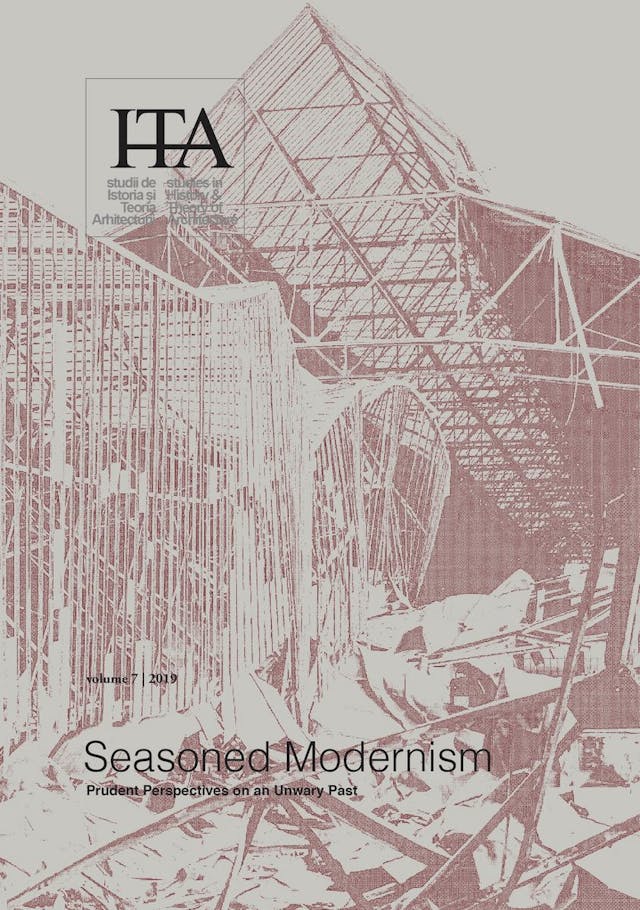Appropriations: Competing Modernisms in Transylvanian Railway Architecture, 1930s - 1940s
by
Cristina Purcar
&
Virgil Pop
Keywords
interwar architecture
Transylvanian railway stations
nationalism
International Style
tempered Modernism
Regionalism
stylistic impurities
Researching the railway architecture of the North-Western Romanian territory during the 1930s - 1940s, the paper highlights competing stylistic options, as expressions of competing visions of modernity. The relevance of such study towards a more nuanced history of the Romanian architectural Modernism can be argued at least on two levels. Firstly, the Romanian State Railway Company (CFR), held an exceptionally privileged status among the public institutions of the interwar period, almost a state within a state, an epitome of progressive agency, foremost architecture commander, running its design service. Secondly, the territorial shifts occurring between the two world wars turned Transylvania and the adjoining provinces, Banat, Crişana and Maramureş, into symbolic battlefields of both nationalist and modernist (built) discourses, stemming from the Romanian as well as from the Hungarian administrations.
Drawing on surveys conducted by the authors, on relatively few historical documents and on analogy and comparison, the article contributes an ordering and contextualized perspective of the interwar railway architecture in the studied territory. We discuss both standard projects (such as the stations between Dej and Jibou, or between Jibou, Baia Mare and Satu Mare) as well as exceptional buildings (such as the masterpiece border station at Halmeu). Between the International-Style Modernism, (chosen over the Neo-Romanian alternative, still alluring in other sectors during the 1930s) and the Regionalism or the tempered Modernism, specific to both the Hungarian and the Romanian railway administrations in the 1940s, we emphasize ostensible contrasts, but also subtle affinities. Finally, within the extant railway palimpsest, largely ignored in its historical stratification, the interwar layers are faithful expressions of the period’s geopolitical and cultural turbulences.
Published in

Chicago citation style
DOI:
10.54508/sITA.7.09
4 / 2016
“A Fabulous Painting in which I Would Live” Paul Delvaux’s Pictorial Poetic of the Railway Periphery between Art and Urban History7 / 2019
Appropriations: Competing Modernisms in Transylvanian Railway Architecture, 1930s - 1940s11 / 2023
Ruin Figures and Ruin Fields of the Contemporary: The Post-Industrial Parc à fabriques